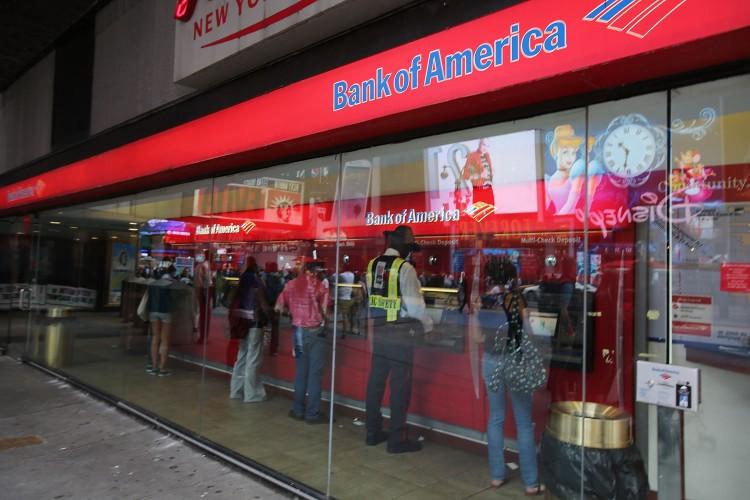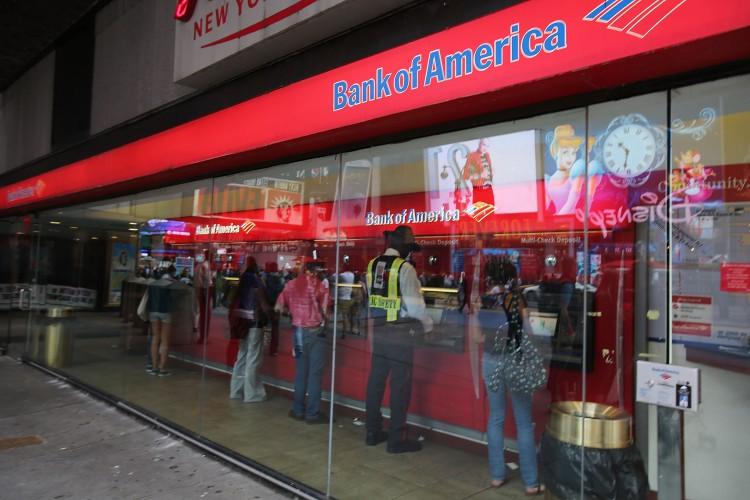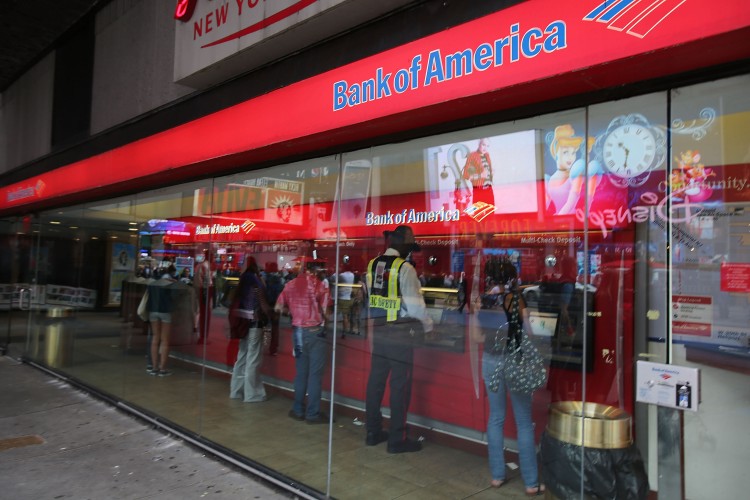The banking sector in the United States is unique when compared to other industrialized countries because of the existence of a large number of small-sized community banks, which are located in neighborhoods, small towns, and rural areas.
Community banks are important to the sector they service, such as small businesses and small agricultural enterprises, and “because of their detailed knowledge of the needs of their customers and their close ties to the communities they serve,” said Ben S. Bernanke, chairman of the Federal Reserve System, in a speech given at the February FDIC conference and published on the Federal Reserve website.
These small banks face problems, more so than larger banks, as their lending activities are in their local area and diversification outside their area of expertise is rare. During good economic times, such problems don’t really exist, but when the overall economy fails, local business will be affected too, making it difficult for the small banks to overcome regulatory pressures.
“The fortunes of communities and their banks tend to rise and fall together. Community banks must also manage concentration risks arising from their specialization in certain categories of lending,” Bernanke said.
The assets of community banks are generally equal to or less than $1 billion, which amounts to less than 11 percent of U.S. banking assets. These banks extend close to 40 percent of all the small loans from FDIC insured banks in the United States, according to remarks by Martin J. Gruenberg, acting chairman of the FDIC.
“Community banks also play a crucial role in extending credit and providing financial services in rural communities, in small towns, and in inner-city neighborhoods. In many of those localities, if not for the community bank there would be no easy access to an insured financial institution,” Gruenberg said.







